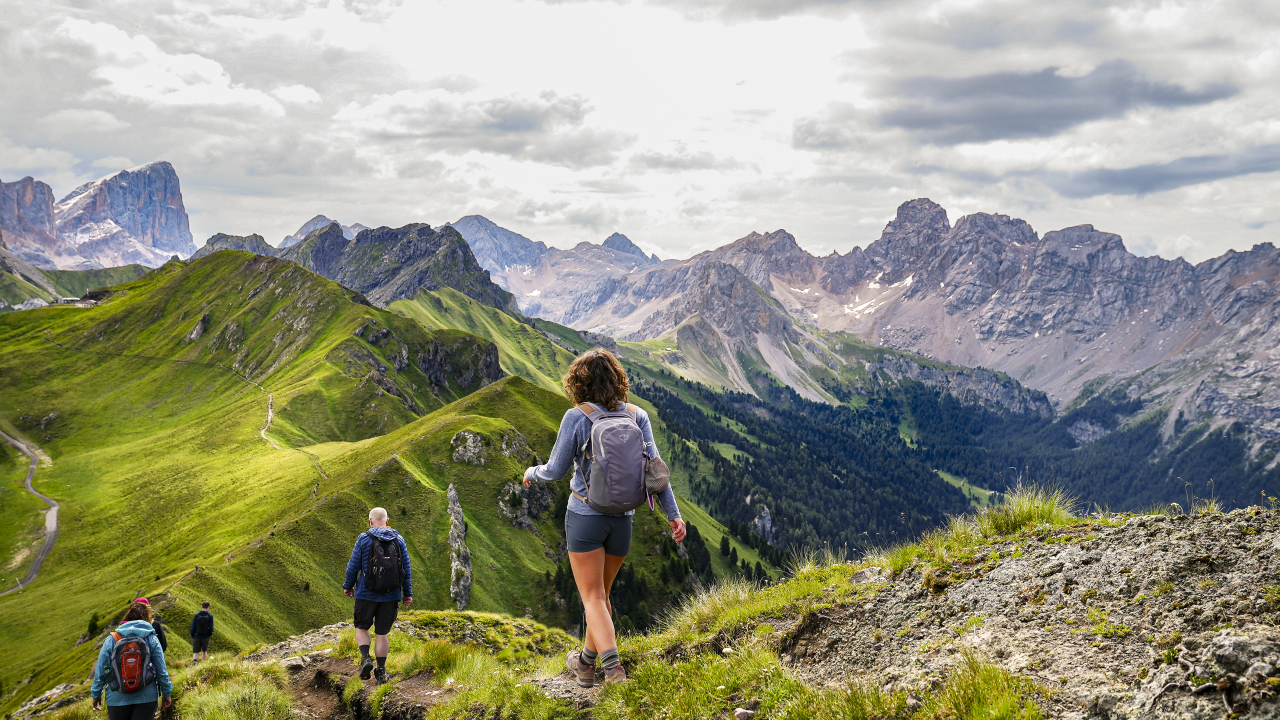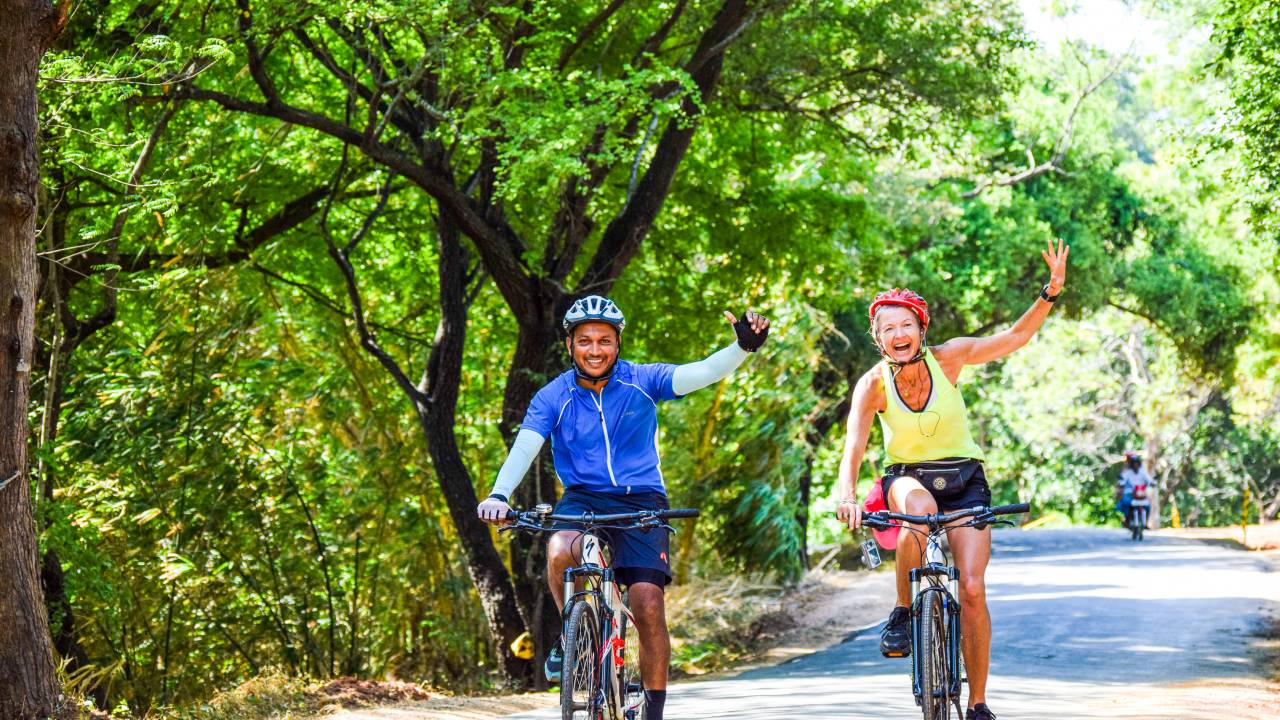
Expert Insights
- Home
- Insights

Your perfect first step into small-group adventure. Expertly guided, effortlessly organised, and filled with special moments.
Read More
Mayank Khamesra was travelling when the call came: he'd won Exodus Leader of the Year 2025. Nearly two decades guiding across India and Nepal have shaped his calm, story-rich style and a strong sense of responsibility. From family celebrations to animal rescue in Udaipur and why Varanasi is “the soul of India”, meet the man behind the award.
Read More
Europe does hiking well. From Alpine classics to coastal trails, these are the best hiking and trekking trips in Europe - defined by bold landscapes, expert local guides and routes chosen for their challenge, character and reward. It’s time to go beyond the climb, and into cloud nine.
Read More
From lost cities and desert horizons to everyday hospitality that still runs on tradition, Jordan rewards curiosity at every turn.
Read More
This is where walking and trekking adventures go beyond the obvious, and into the extraordinary
Read More
Go beyond the tarmac and into the heart of a destination with these epic cycling adventures.
Read More
Make this year the year you go beyond the guidebook gloss and into the rhythms, rituals and real stories that bring a place to life.
Read More
For walkers seeking big mountain scenery without the strain, the Dolomites deliver long views, well-marked trails and a landscape shaped by both nature and history.
Read More
From cultural immersion and riding the rails to wellness and wildlife, this is where curiosity is taking us next year
Read More
Japan’s traditions aren’t just preserved in museums, but found in the everyday rhythms of this little-known city…
Read More
The Adventure Begins Here
Get regular inspiration straight to your inbox from Exodus’ experts.
